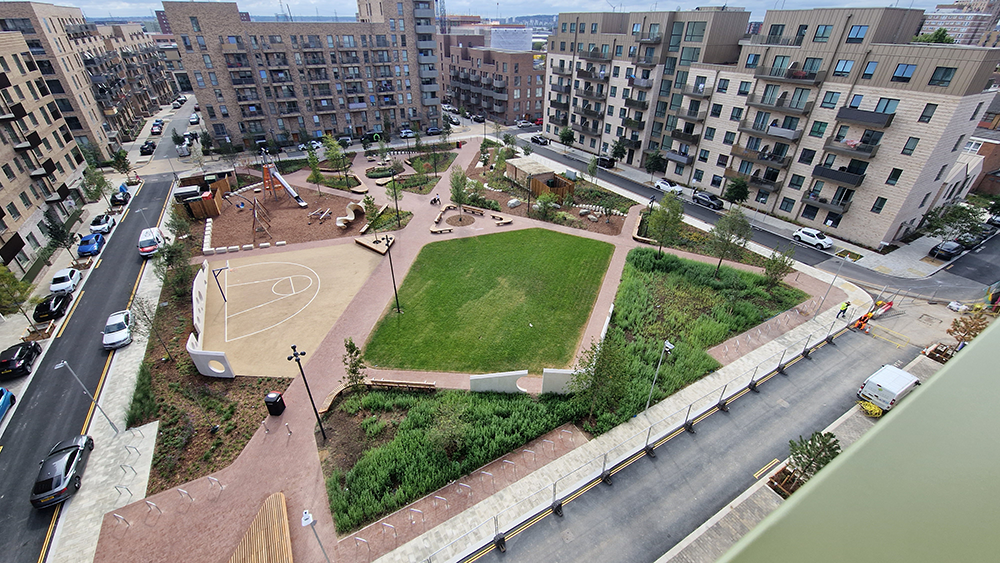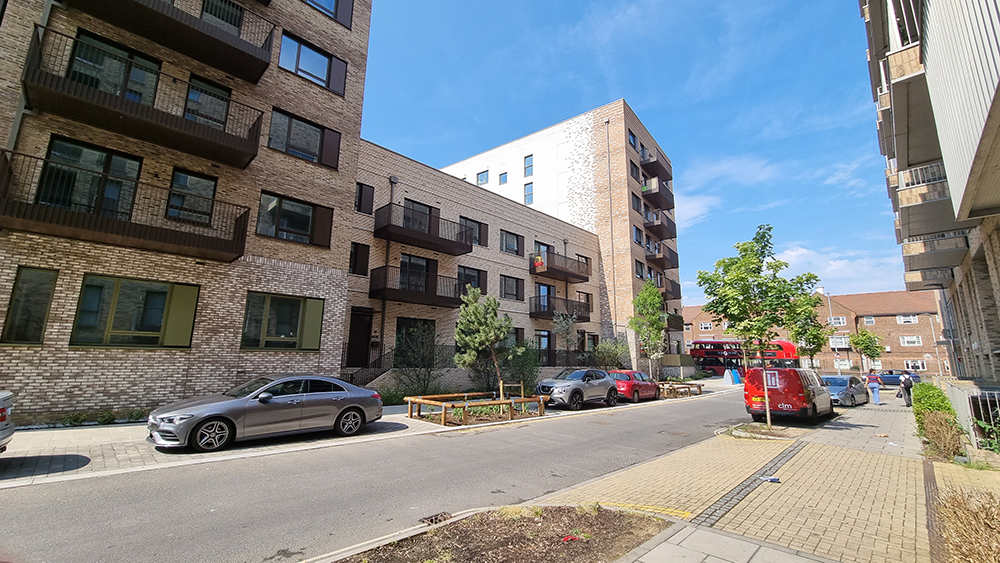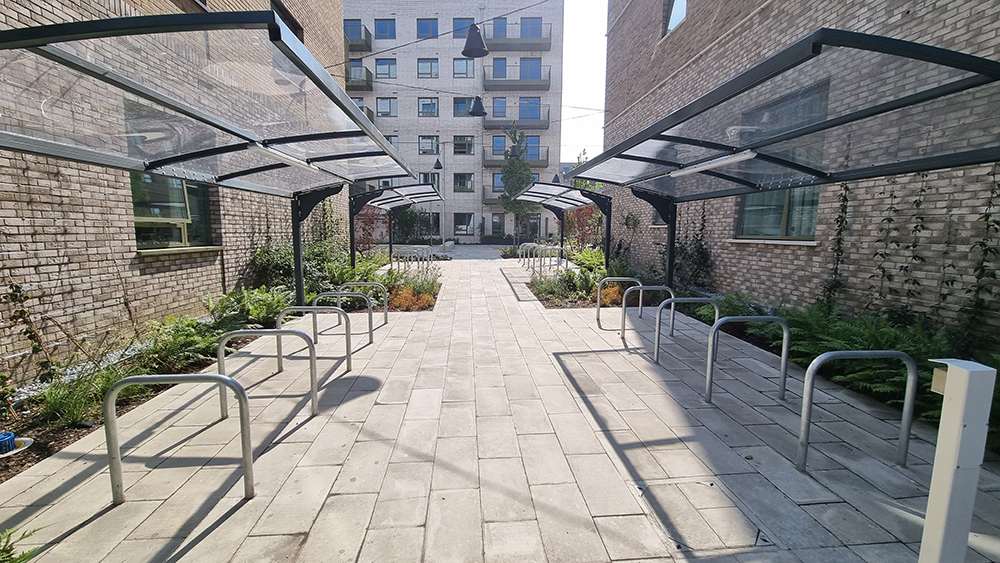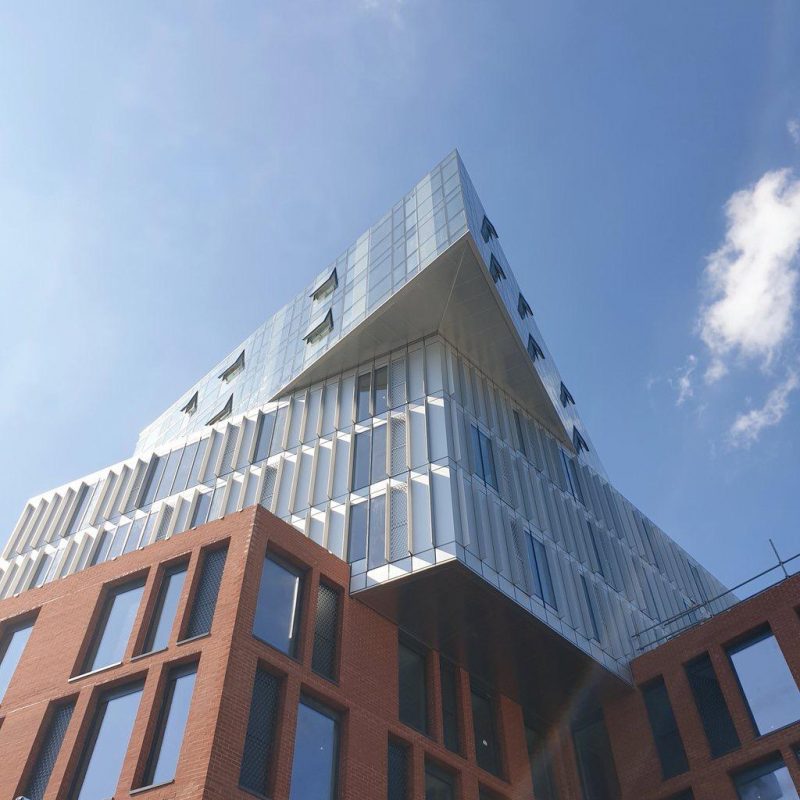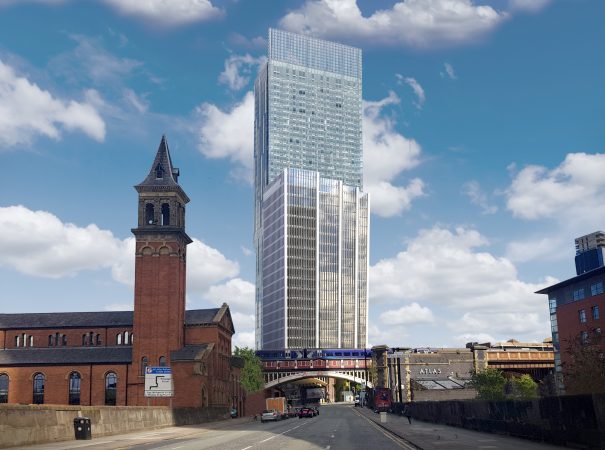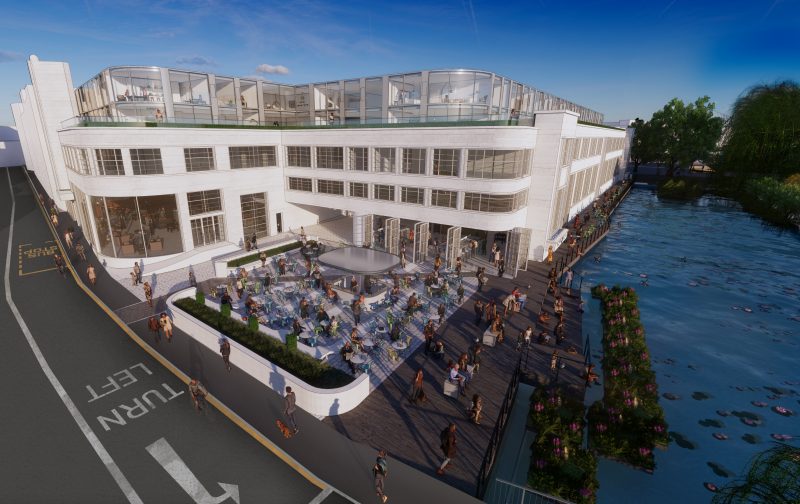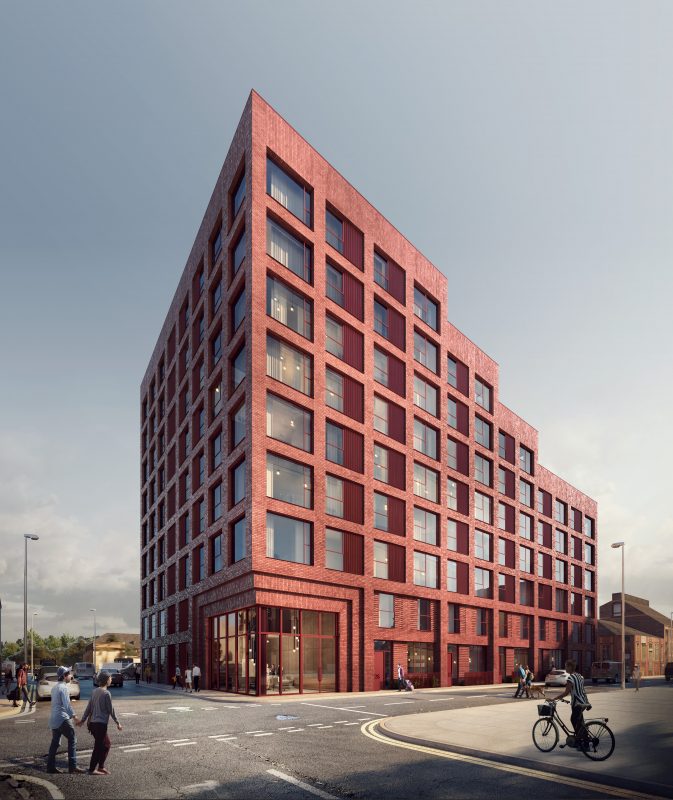Arriving in London’s Barking and Dagenham, and transforming a deteriorating 1960s estate, the Gascoigne East Phase 2 redevelopment brings 526 new homes, schools, a community centre and commercial spaces.
Working with architects White Arkitekter, Civic Engineers is designing the structural, civil and transport components for this major regeneration by BeFirst.
The new accommodation is split into eleven blocks, varying in shape, from 4 to 14 storeys in height.
The client’s brief was to use Modern Methods of Construction (MMC) with a preference for timber construction. We used our experience of designing using Cross Laminated Timber (CLT) and Precast Concrete (PC) panellised buildings to develop a structural grid that was suitable for both. However, the legislative changes and market uncertainty following the Grenfell inquiry ultimately led to a move away from full MMC schemes.
The structures have therefore evolved into conventional in situ reinforced concrete (RC) frames using precast vertical elements. During this redesign Civic Engineers used parametric modelling to rapidly optioneer the frames, showing the benefits in financial and carbon costs of adopting different options.
This parcel of the proposed development also includes a new central park, two landscaped courtyards within the block arrangement and a new street network to serve the buildings.
Sustainable Drainage Systems (SuDS) measures have been integrated into the landscape and play features so that all stormwater on the site infiltrates naturally into the ground. SuDS features on the buildings include green roofs.
There are financial savings from the integrated system, and it brings ecological and water quality benefits; as well as significantly reducing strain on the sewer network.
Our transport engineers have worked with the local authority to agree and design a self-enforcing low speed environment. This is a pedestrian friendly, parking free development incorporating underground refuse collection systems.
The work includes Section 278 agreements for the new roads joining the highway where blended crossings are used to maintain pedestrian priority.
